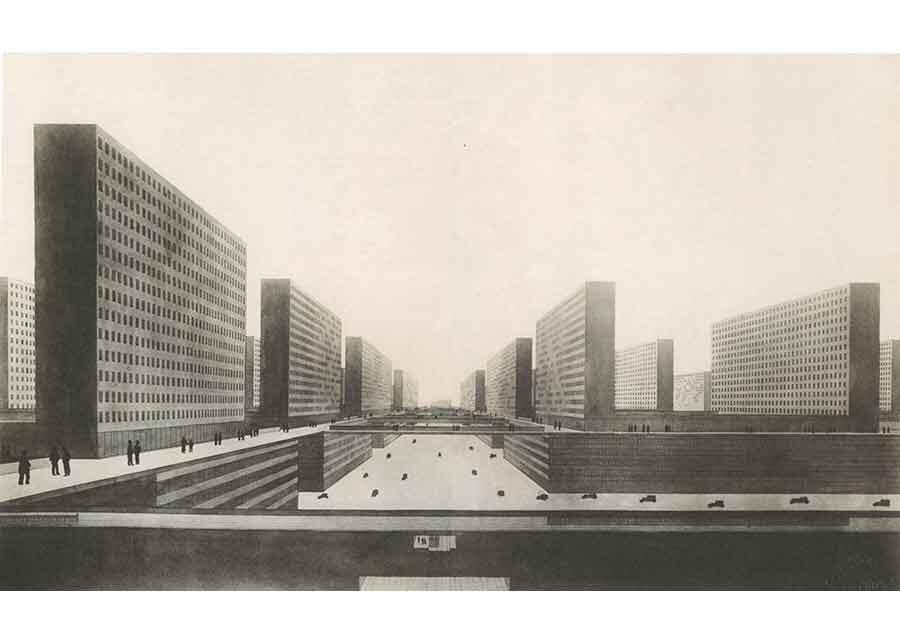
Instructor:
Course: Reconceptualizing the Urban: Berlin as Laboratory
Students: Miguel Lopez Melendez
The main goal of this project is to trace a line between two important architects, the Viennese Otto Wagner and the German Ludwig Hilberseimer. This task requires to locate them within their cultural context in order to understand their artistic, architectural and urban intentions. Vienna, as political reference for the Habsburg Monarchy over several centuries; and Berlin, as the capital of Germany and the fourth largest city in Europe, represent two realities that, despite their differences, allowed both architects to coincide ideologically through their socialist and humanistic approach toward the artistic expression of the architecture of the city. The main goal of the following lines is to identify the influence of Otto Wagner in Ludwig Hilberseimer through the analysis of four main concepts: artistic expression, uniformity, urban architecture and urban expansion.
What was Otto Wagner’s influence in Berlin when Ludwig Hilberseimer lived there? A letter to Wagner from the German Art Historian Albert E. Brinckmann and a postcard sent by Peter Behrens on 17 December 1914, also signed by the German Art Historian Karl Scheffler, to let Wagner know that he had been the talk of a party held at Behren’s house in Berlin-Neubabelsberg are proof that Otto Wagner’s echoes reached Berlin during the heyday of industrialization and its transition to become a metropolis in the first quarter of the twentieth century.



